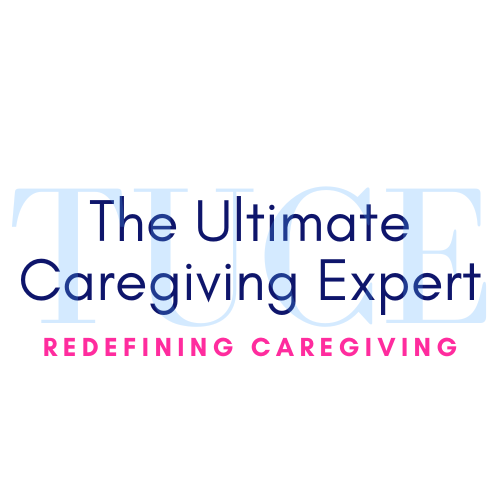Compassionate Care: Supporting Your Loved One Battling Leukemia

Leukemia, often thought of as a childhood cancer, actually affects more older adults than children. According to the National Cancer Institute, leukemia is a common diagnosis among people aged 65 to 74 years.
Understanding leukemia is crucial for family caregivers, as early recognition of symptoms can significantly improve care and outcomes.
Understanding leukemia
The first criteria of classification is on the speed of cancer progression.
-
Acute leukemia
-
Chronic leukemia
The second criteria of classification is on the type of cells that it affects:
-
Lymphocytic leukemia
-
Myelogenous leukemia
Signs and symptoms of leukemia in older adults
-
Fatigue
-
Headaches
-
Fever
-
Abnormal bruising
-
Frequent infections
-
Nosebleeds
-
Weight loss
These signs can occur due to a variety of different causes, and may not always mean cancer.
Following is a complete guide on symptoms of leukemia:
-
Fatigue
-
Easy bruising
-
Night sweats
-
Fever for no apparent reason
-
Enlarged lymph nodes
-
Weight loss
-
Pain in the bone and joints
-
Pain in the abdomen
Complications of leukemia
-
Severe infections
-
Serious bleeding
-
Intra cranial hemorrhage
-
Pulmonary hemorrhage
-
Gastrointestinal hemorrhage
Managing the side effects of leukemia treatment
-
Tiredness or fatigue
-
Infection
-
Gastrointestinal disturbance
-
Bleeding
-
Hair loss
-
Soreness in the mouth
Conclusion
Leukemia in the elderly is challenging, but with love, patience, and careful caregiving, families can help their loved ones manage the disease. Understanding symptoms, preventing complications, and supporting treatment adherence makes a huge difference.
For personalized advice on navigating complex caregiving challenges, visit our Caregiving Expert Consulting service.

